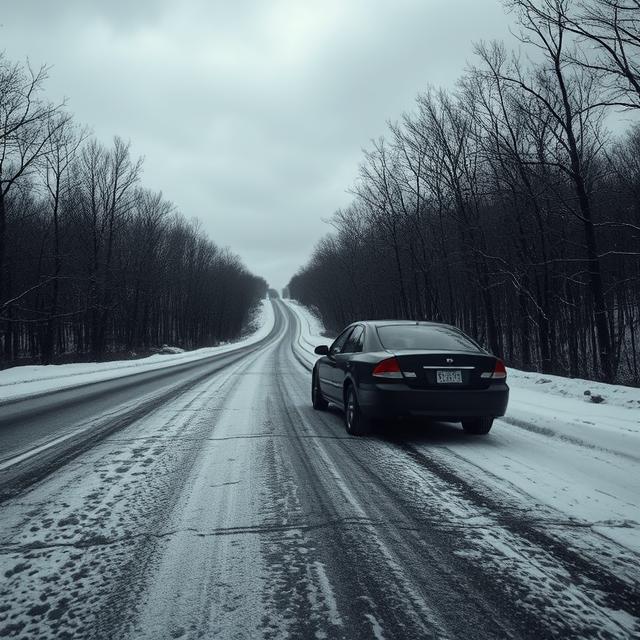Along a remote stretch of Highway 16 in British Columbia, Canada, dozens of women have disappeared without a trace. Some were found murdered. Many were never found at all. The majority were young. Most were Indigenous. All were someone’s daughter, sister, or friend.
This stretch of road became known as the Highway of Tears—not just for the sorrow it carries, but for the haunting questions it still refuses to answer.
Who is responsible?
And why have so many gone missing in silence?
A Deadly Road
The Highway of Tears refers to the 725-kilometer stretch of Highway 16 between Prince George and Prince Rupert. Since 1969, over 40 women and girls have vanished or been murdered along this corridor. Official numbers are murky—some estimate up to 80 victims, depending on the source.
Victims were often last seen hitchhiking or walking alone. Some were on their way to school, work, or simply traveling between small, rural towns where public transportation is scarce.
A Pattern of Disappearances
While not all cases are officially linked, the similarities are chilling:
- Women between the ages of 12 and 30
- Majority were Indigenous
- Most were traveling alone
- No major media coverage at the time of disappearance
- Most cases remain unsolved
The disappearances span decades—from the 1970s into the 2010s—indicating that more than one killer may be involved. A serial predator? A network? Opportunistic crimes? No one knows for sure.
Systemic Neglect
What makes the Highway of Tears so haunting isn’t just the crimes—it’s the systemic indifference.
Many families of the missing have spoken about how their loved ones’ disappearances were brushed aside by law enforcement. Some victims were not even entered into missing persons databases for weeks.
Had the victims been white, urban, or affluent, many believe national media attention and swift police action would have followed.
Instead, decades passed in silence.
Known Suspects and Cold Leads
One known serial killer, Bobby Jack Fowler, was linked to at least one Highway of Tears victim through DNA. But he died in prison in 2006, and police believe he may have killed more.
Despite some forensic breakthroughs, the majority of cases have no suspects. Witnesses are few, and fear runs deep in the surrounding communities.
Police established a task force—Project E-Pana—in 2005 to investigate. But results have been limited.
The Fight for Justice
In recent years, Indigenous communities and activists have demanded greater accountability. Billboards along Highway 16 now display the faces of the missing, a public cry for attention that is decades overdue.
Canada launched a national inquiry into Missing and Murdered Indigenous Women and Girls (MMIWG) in 2016, but critics argue it came too late and offered too little.
The road remains open.
The danger still exists.
And many families are still waiting for answers.
The Highway of Tears is not just a stretch of pavement. It is a graveyard of memory, a monument to silence, and a chilling reminder that not all evil wears a name.
Until justice is served, this road will remain haunted—not by ghosts, but by society’s failure to listen.
For more cases like this, explore our archive. SinisterArchive.com—where the legends are real.




